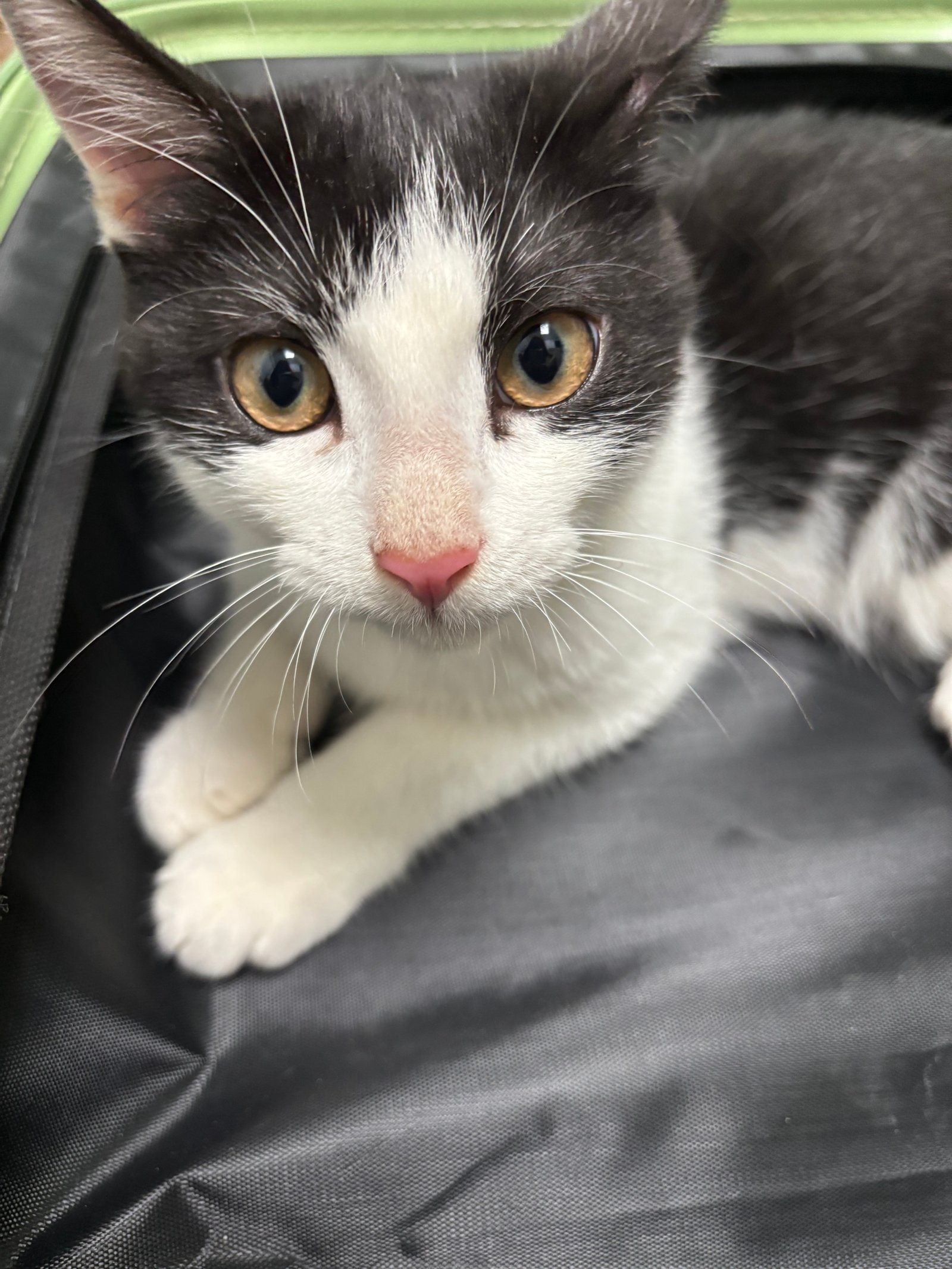 When choosing the best cat litter, pet owners often focus on odor control, clumping ability, and eco-friendliness. But there’s another important factor that’s gaining attention—dust levels. Dusty litter can cause respiratory problems for both cats and humans. That’s why low dust cat litter has become a popular choice for households that prioritize cleanliness and health. In this article, we’ll explore what makes low dust cat litter different, its key benefits, and how to choose the best option for your feline friend.
When choosing the best cat litter, pet owners often focus on odor control, clumping ability, and eco-friendliness. But there’s another important factor that’s gaining attention—dust levels. Dusty litter can cause respiratory problems for both cats and humans. That’s why low dust cat litter has become a popular choice for households that prioritize cleanliness and health. In this article, we’ll explore what makes low dust cat litter different, its key benefits, and how to choose the best option for your feline friend.
What Is Low Dust Cat Litter?
Low dust cat litter is specially formulated to produce minimal airborne particles during use. Traditional clay litters, especially those made with sodium bentonite, can release a significant amount of dust when poured, scooped, or disturbed by your cat. This fine dust can settle on furniture, linger in the air, and be inhaled by both pets and people.
Low dust cat litters are designed to prevent these issues. They are often made from alternative materials such as:
- Recycled paper pellets
- Wood shavings or sawdust
- Corn, wheat, or walnut shells
- Silica crystals (in some cases)
- Clay formulas with dust-free technology
These litters go through special processing to reduce loose particles, making them a safer, cleaner option for indoor environments.
Why Choose Low Dust Cat Litter?
- Improved Respiratory Health
Dust from regular litter can irritate your cat’s respiratory system. This is especially dangerous for kittens, senior cats, or those with asthma. Humans are also at risk, particularly if they suffer from allergies or have sensitive lungs. Low dust litter minimizes this health risk by keeping the air cleaner. - Cleaner Home Environment
Traditional litter dust can settle on shelves, floors, and even get into the HVAC system. If you’ve ever cleaned around the litter box and found a fine gray film nearby, you’ve seen the effects firsthand. Low dust litter significantly reduces this mess, keeping your home cleaner with less effort. - Better Visibility and Comfort
Some cat owners use covered litter boxes. In these enclosed spaces, dusty litter can become especially problematic. When your cat digs or scratches inside, the dust gets trapped and concentrated. Low dust formulas ensure your cat isn’t breathing in harmful particles every time it uses the box. - Gentle on Sensitive Cats
Cats with skin allergies or sensitivities may react to certain types of litter dust. Low dust varieties help prevent paw irritation and reduce the risk of allergies caused by chemical additives or airborne irritants.
Comparing Low Dust Cat Litter Types
There are many types of low dust cat litter, and each has its strengths:
- Recycled Paper Litter: Made from compressed paper pellets, this type is soft, dust-free, and ideal for cats recovering from surgery or with respiratory issues. It doesn’t clump but is very gentle.
- Wood-Based Litter: Litters made from pine or cedar naturally absorb moisture and odors while staying low in dust. They’re also biodegradable and compostable.
- Corn or Wheat-Based Litter: These plant-based litters offer natural clumping and odor control. They’re low in dust and safe for most cats, though some may have mild allergies to grains.
- Clay-Based Low Dust Litter: Some manufacturers refine traditional clay litters with advanced dust control technology. These clumping litters offer the benefits of clay without the mess.
- Silica Gel Crystals: While not completely dust-free, high-quality silica litters produce much less dust than standard clay and are excellent at odor control.
When selecting a litter, consider your cat’s preferences and any health concerns. It may take a few trials to find the one that works best for both of you.
How to Transition to Low Dust Litter
Cats are creatures of habit, and sudden changes can cause litter box avoidance. Here’s how to switch to a low dust cat litter smoothly:
- Start Gradually: Mix the new litter with your current brand. Begin with 25% low dust litter and increase the ratio over a week.
- Watch Your Cat’s Behavior: Make sure your cat continues to use the box. If they show signs of stress or reluctance, slow down the transition.
- Maintain Cleanliness: Scoop the litter daily and clean the box regularly. A clean litter box encourages continued use, especially during changes.
- Use Familiar Scents: Avoid highly scented formulas unless your cat is used to them. Unscented low dust litters are often more comfortable for sensitive pets.
Conclusion: A Healthier Environment Starts with Low Dust Cat Litter
Low dust cat litter is more than just a convenience—it’s a smart choice for your cat’s health and your home’s cleanliness. With fewer airborne particles, reduced mess, and safer breathing conditions, it creates a better living environment for both pets and people. Whether you choose a natural wood-based option or a dust-free clay formula, the right low dust litter can make a big difference.
By switching to low dust cat litter, you invest in your cat’s long-term well-being and enjoy a fresher, cleaner space. With so many quality options available today, finding the right litter for your household has never been easier.
 Shandong Vlink Prodotti per animali domestici Co., Ltd
Shandong Vlink Prodotti per animali domestici Co., Ltd


